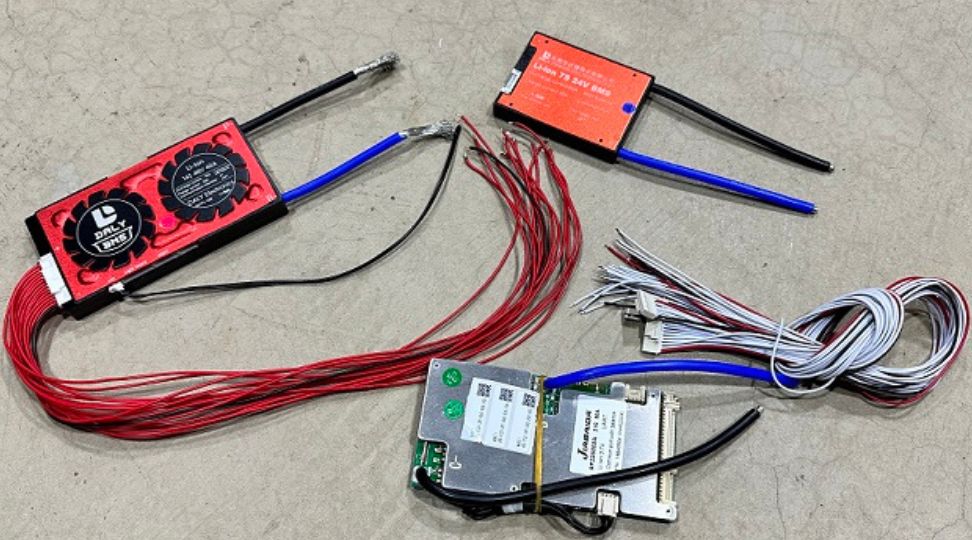
How to reduce 48 volts to 24 volts
Table of Contents
To reduce 48 volts to 24 volts to run a simple load, one can use a constant voltage (standard) buck converter, which allows the user to set a specific output voltage to be consistently maintained. If, however, you need to charge a battery, you will need a constant current buck converter that lets you regulate both current and voltage. Either way these converters allow you to reduce 48 volts to 24 volts with around an 80% to 90% efficiency. Interested in reducing other voltages like 48 volts to 12 volts or 24 volts to 12 volts? Check out our other article for more details.
In the world of electrical engineering and DIY batteries, there will come a time when one needs to decrease voltage from a higher level to a lower one, such as reducing 48 volts to 24 volts. This process requires a device known as a buck converter. Buck converters come in two primary flavors: standard buck converters (constant voltage) and battery charging buck converters (constant current). Are you confused about the difference between a buck converter and a boost converter? Check out our other articles for a detailed explanation.
Constant Voltage (Standard) Buck Converters
Standard buck converters work as constant voltage devices, allowing the user to set a specific output voltage within a certain range. Once this voltage is set, the converter works to consistently maintain that output voltage, similar to setting a thermostat in your home – you choose the temperature, and the system maintains it. This characteristic makes standard buck converters invaluable for situations where a stable voltage output is critical, despite fluctuations in input voltage.
However, standard buck converters might not be suitable for all applications. They are not the best choice for tasks requiring precise current control, such as charging Lithium batteries or running high-power LEDs.
48v to 24v Using Constant Current Buck Converters
Constant current buck converters add a twist to the mix. They support both constant current and constant voltage modes, functioning like standard buck converters when the current is maxed out. However, their true value shines through in their ability to regulate current.
Using a constant current buck converter is akin to setting a fuel consumption rate in a vehicle – you define how much fuel you want to use, and the vehicle adjusts its speed accordingly. By dialing in a specific current level, these converters maintain that current, dynamically adjusting the voltage as necessary to do so. This feature is crucial for applications that not only require a specific voltage but also need a certain current level to be maintained, such as in LED lighting or battery charging scenarios.
Efficiency of Buck Converters
Buck converters, both standard and constant current types, are recognized for their high efficiency in power conversion, typically operating within an 80% to 90% efficiency range. This efficiency means they are capable of converting most of the input power into usable output power, with minimal losses, mostly in the form of heat.
They are so much more efficient than linear regulators because they use advanced switch-mode power supply operation rather than the simple, much more wasteful linear voltage regulation method.
Choosing the Right Buck Converter To Reduce 48 Volts To 24 Volts
Deciding between a standard buck converter and a constant current buck converter hinges on the specific needs of your project. If your primary requirement is a stable output voltage, a standard buck converter is the way to go. For applications demanding precise current control in addition to voltage regulation, a constant current buck converter would be more appropriate.
Most projects will find a standard buck converter adequate. But if for example, you are building a DIY battery charger, you are going to need a constant current buck converter. For example, if you're stepping down from a 48-volt solar panel system to charge a 24-volt battery bank, a constant voltage buck converter won't be able to regulate the charge current of the battery.
We hope this article contains all the information you need in regards to how to reduce 48 volts to 24 volts. Thanks for reading!


